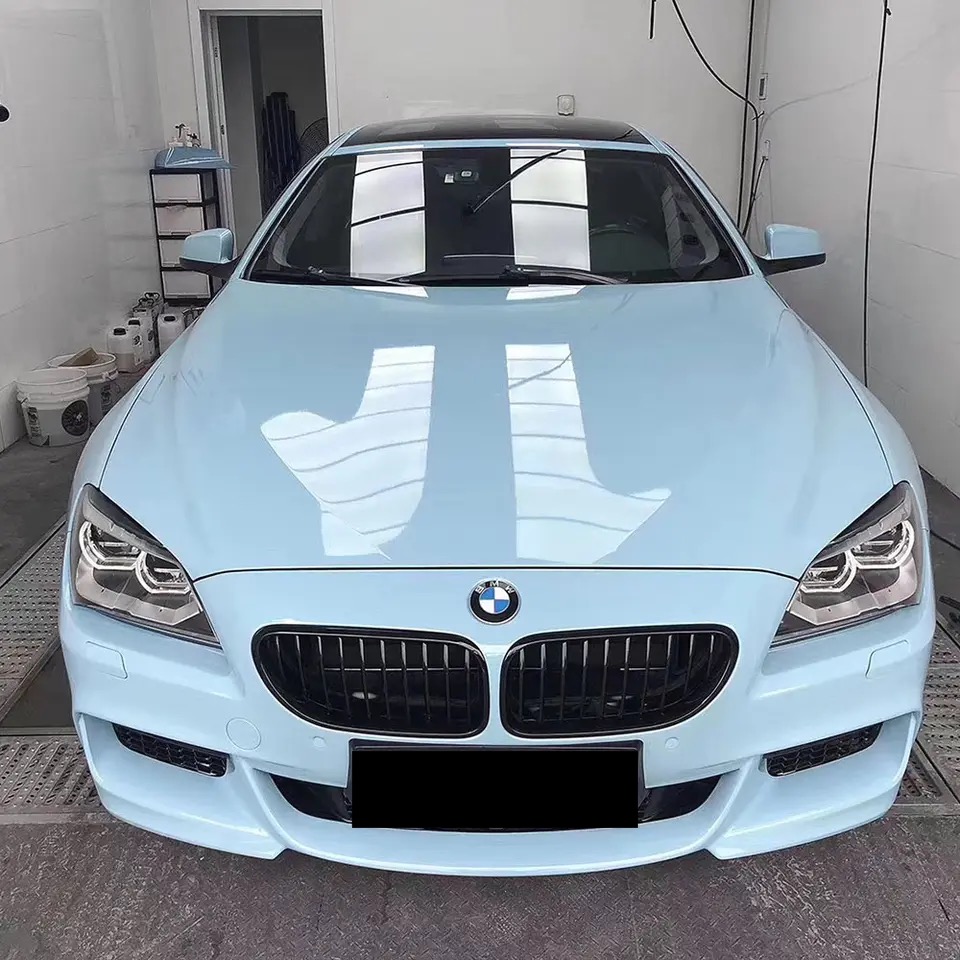
"Environmental Analysis of Blue Car Wrap"
In recent years, the automotive industry has witnessed a growing trend toward vehicle customization, with car wraps becoming an increasingly popular choice among consumers. Among the myriad of options available, Blue Car Wrap stand out for their aesthetic appeal and versatility. However, as with any product, it is crucial to analyze their environmental impact to ensure sustainable practices are upheld.
Car wraps, including those in blue, are primarily made from polyvinyl chloride (PVC), a type of plastic known for its durability and flexibility. While these characteristics make PVC an ideal material for car wraps, they also pose environmental challenges. The production of PVC involves the release of harmful chemicals such as dioxins and phthalates, which can have adverse effects on both human health and the environment.
Furthermore, the disposal of PVC car wraps is another environmental concern. Unlike biodegradable materials, PVC does not break down easily, leading to long-term waste management issues. When disposed of improperly, these wraps can contribute to plastic pollution in landfills and oceans, posing a threat to wildlife and ecosystems.
Despite these challenges, there are steps that can be taken to mitigate the environmental impact of blue car wraps. One potential solution is the development and use of eco-friendly alternatives. Some companies are already exploring biodegradable materials or those derived from renewable resources, which could significantly reduce the carbon footprint associated with traditional PVC wraps.
Additionally, recycling programs specifically designed for car wraps can be implemented to minimize waste. By encouraging consumers to recycle their wraps after use, the industry can reduce the amount of PVC that ends up in landfills. Moreover, advancements in recycling technology could allow for the repurposing of old wraps into new products, further promoting a circular economy.
Another aspect to consider is the application process of car wraps. Traditional methods often involve the use of solvents and adhesives that can release volatile organic compounds (VOCs) into the atmosphere. These VOCs contribute to air pollution and have been linked to health issues such as respiratory problems. Transitioning to water-based adhesives and low-VOC application processes can significantly reduce these emissions.Green Vehicle Films
Consumer awareness also plays a vital role in addressing the environmental impact of blue car wraps. Educating consumers about the potential environmental consequences and encouraging them to make informed choices can drive demand for more sustainable products. Manufacturers can support this by providing transparent information about the materials used and the environmental practices employed in their production processes.
In conclusion, while blue car wraps offer an attractive option for vehicle customization, their environmental impact cannot be overlooked. By exploring eco-friendly materials, implementing recycling programs, adopting cleaner application processes, and fostering consumer awareness, the industry can move towards more sustainable practices. As consumers continue to prioritize environmental responsibility, it is imperative for manufacturers to innovate and adapt to meet these demands.